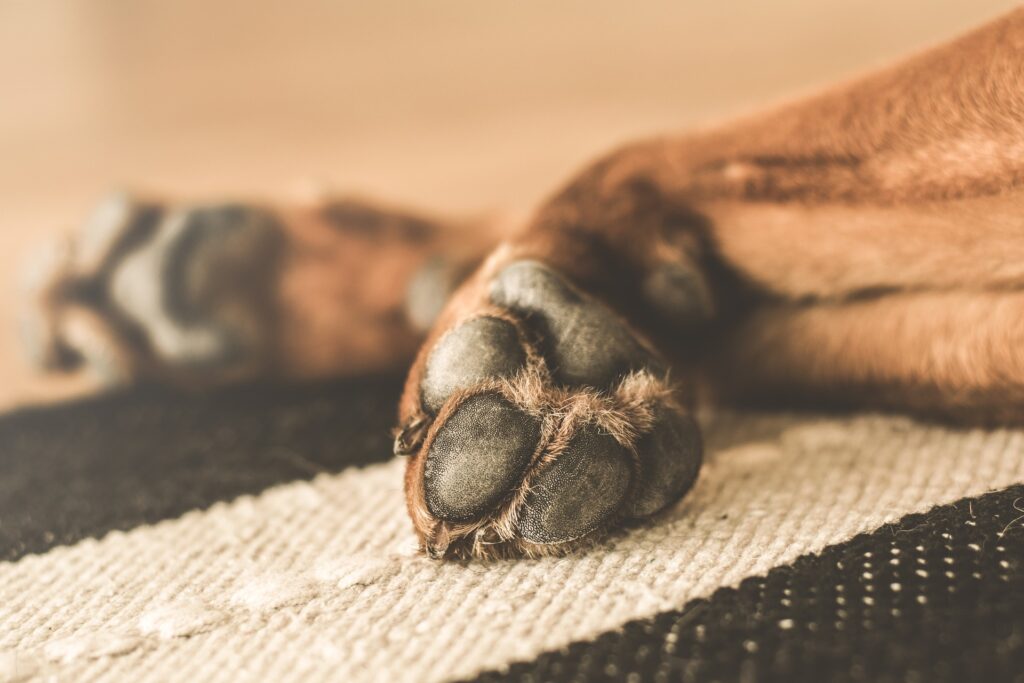Podcast
Mary Peaslee, MD, MPH: Breeding for Population Health
A Detailed Summary by Marie Pearson from the Puppy Seekers Project
This episode serves as a practical application of the two Dan O’Neill episodes, which emphasized the importance of looking beyond health disorder testing and looking to genetic diversity as a key way to reduce health issues, since so many health issues are not testable.
Mary breeds English shepherds. In the first portion of the episode, she looks at the role in a breed registry to promoting genetic diversity. Background of the breed includes a sharp decline in numbers in more recent history, but overall the dogs remaining had good health and diversity because they were found in pockets all across the country and across different registries. Breeders came together to try to form a single registry.
Committees played a role in how the breed moved forward. First committee reviewed and updated the breed standard. They brought people who represented different groups of breeders, so there was diverse representation discussing the breed standard. They took a broad perspective, and so physical descriptions in the breed standard are broader than in many. They also wanted to make sure the standard included a description of functional characteristics of the breed. Lastly, they didn’t view the standard as the ideal, as perfection, but rather as a guideline, but knowing that there are deviations.
More than the standard’s descriptions, the way that it is used by the breeding community is what sets it apart from most other breeds. People aren’t competing to see who can meet all the points in the standard the closest. They also don’t have a competitive working standard like field Labs or working Border Collies. Though English shepherds do have some tests that the dog can herd, for example.
Summary of a functional standard: The guidelines for selecting which dogs to breed, and as a tool to promote collaboration between breeders, not a basis of competition between breeders.
The common general fear is that the broader we set our standards (more genetic diversity) the lower the predictability will be. Jessica asks how much predictability do we really need, and what does predictability look like in English shepherds?
Mary says that you’re going to have a harder time maintaining extreme types the more genetic diversity you have. But English shepherds have fairly moderate, natural structure, so it isn’t too hard to keep consistent type. There’s some variation, but overall through history, they’ve stayed relatively the same. She says competition, like conformation, actually promotes more dramatic change over time, awarding the more extreme conformation that catches the eye. So breeds with a long history of intense conformation showing have had more dramatic changes in the past 100 years than the English shepherd has.
After making the standard, they made a database, and when the question arose about how to decide who to include and who not to, they decided it was best to err on the side of inclusivity.
They also decided to have a partially open registration system. Any dog registered anywhere could be registered with the breed club, but they also made a step-in registration for dogs who lacked registration history or had a gap in registration history. The club would look at ancestry (understanding the dog may not have much), purpose (what the dog’s functional behavior was like), and appearance/type. And from there, 3 generations to full registration. Challenges include disagreements between who has merit to be included, people resistant to putting in more work to registering the dog, and the cost of evaluation. But it helps bring in genetic diversity.
Shifting more specifically to health, Mary notes that it is really impossible to know the health trends in a population without data. She and others formed an English Shepherd Breed Conservancy to look at health. They looked at the average litter size, survival to weaning, etc. They haven’t mapped out the entire genetic population yet. They’re working on assessing what genetic diversity they have so they can avoid losing it. They also work with Embark to make a genetic database for the breed to help understand average levels of inbreeding—average COI for the breed is 7% (average COI across all purebred breeds is around 27%). Embark’s matchmaker helps – requires dogs to be signed up for it.
On a more individual level, Mary does disorder testing when it will provide helpful, actionable data. So she primarily does hip screening because it’s prevalent enough in the breed. She also does the Embark genetic panel to catch some eye disorders and MDR1. And she does eye screening, since they’re in the collie family. She uses the results not with the mindset of who to cull but to decide who to pair a dog with (excellent hip dog can be paired with a wider range of dogs than a dog with fair hips). In terms of genetic tests—she discusses that it’s unreasonable to think you can breed dogs with no deleterious genes. All dogs have some. Embark tests for 1% of the genes in the canine genome. There are 6 known, testable genes in English Shepherds, and an estimated 50% of English shepherds carry at least one. And that’s just for the 6 known, testable genes. Which means that maintaining genetic diversity/low COI is critical for maintaining genetic health.
She discusses how instead of inbreeding, she prefers to use assortative breeding—breeding two unrelated dogs who have the same phenotype/qualities. But it’s really, really hard to find good dogs who have what you want who are unrelated. She notes that we often don’t talk about why breeders inbreed—it isn’t because they don’t care about health, but because it’s simpler than trying to find unrelated breeding stock, and the dogs are more of a known entity in terms of temperament and structure. There are also so many social pressures that influence breeders’ decisions—one major one is registration policies, which usually pushes you to inbreeding. You can’t tell breeders that they can’t inbreed but not give them a group of breeders with similar goals to work with. Since people no longer have large kennels for the most part, we need community in order to breed. In the end, you can breed for certain traits without inbreeding, but it requires a database and a community that supports that.
Practical Application
Mary describes practices she does that she thinks can help a breeder maintain diversity while breeding for type:
Maximizing the generation time (the average of the ages of the parents, one parent being 2 and another being 4, the generation time is 3). A long generation time slows down the loss of genetic diversity, and you give yourself more time to evaluate, see changes, and adapt. Mary’s average generation time is 6.5 years.
Sibling contribution: don’t pick just one puppy from the litter. Pick a number of puppies, have each one of them contribute a couple of litters, to maximize the amount if diversity you got out of the breeding. But it can be tricky because most of the puppies placed as potential breeding stock won’t ever be used for various reasons.
Avoid repeat breedings: most important in a small population—you need to increase the size of the population without losing diversity. You want to maximize the number of genetic combinations.
Pay attention to who else is being bred, and try not to breed to the same family of dogs that other breeders are using.
Understanding risk is important for making the best decisions. There’s a lot of uncertainty in dog breeding, so people tend to latch onto and blow out of proportion the little bits of information they do get. So on the one hand, don’t freak out if your dog has an OFA fair in a breed that doesn’t get much hip dysplasia. On the other hand, if your dog is clear on all Embark genetic tests—great! That’s only 1% of the genome. There’s 99% you can’t see. But don’t get overwhelmed by that. There are things you can do to reduce risk. Use healthy, older dogs for your breeding dogs. Dogs who are still functional and able to do all the things you want your dogs to do. Use older dogs so they have time to demonstrate resilience. And don’t inbreed.
Mary uses targeted disorder tests in breeding decisions, but says that never tells you as much as how a dog functions over time. She compares health testing on young dogs to temperament testing on puppies.
As transcripts become available they will be posted here.


